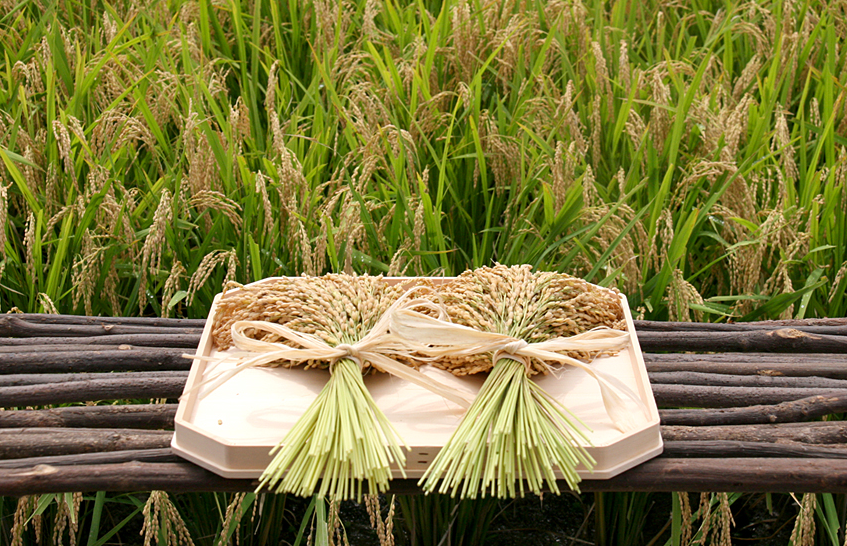
by Elizabeth Andoh | Nov 19, 2024 | Autumn, Holiday, Kitchen Culture
In Japan, rice is more than just sustenance. It holds symbolic and sacred significance. Rice yield was also a measurement of wealth during the Edo Period (1603-1868). Early records of rituals celebrating the harvest and entreating future prosperity, called nii namé...
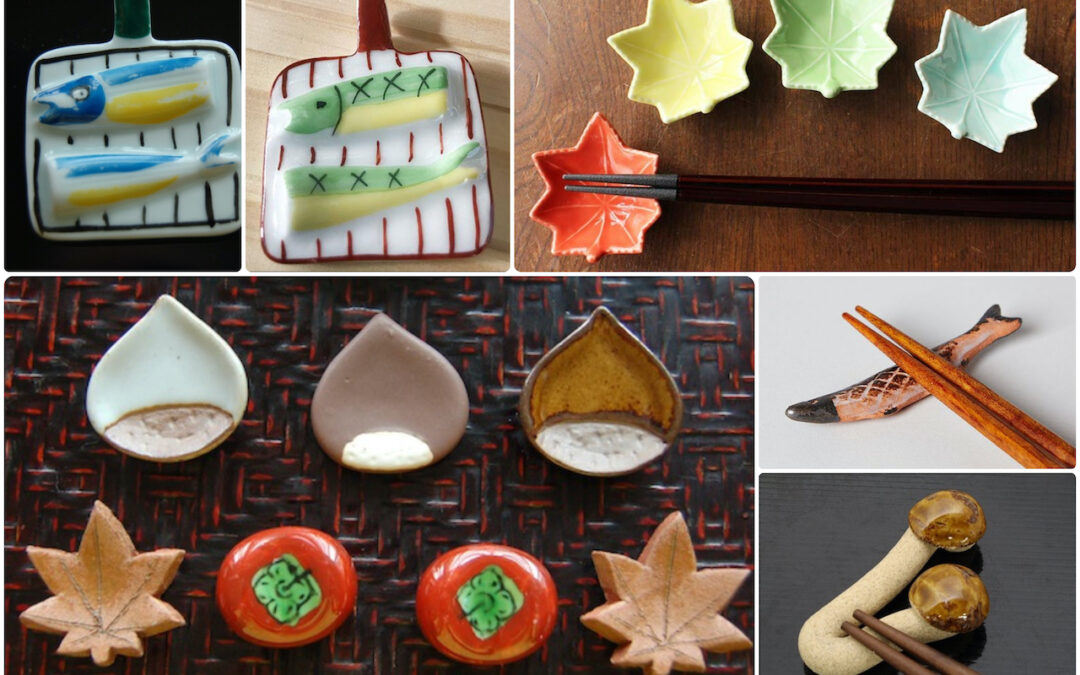
by Elizabeth Andoh | Sep 5, 2024 | Autumn, Kitchen PROJECTS, Tabletop
Setting the Table, Setting the Stage This PROJECT is about setting the table… to set the stage for autumn’s culinary pleasures. One simple and fun way to do this is by choosing fall-themed HASHI OKI (choptsick rests). Pictured above are a few of the...
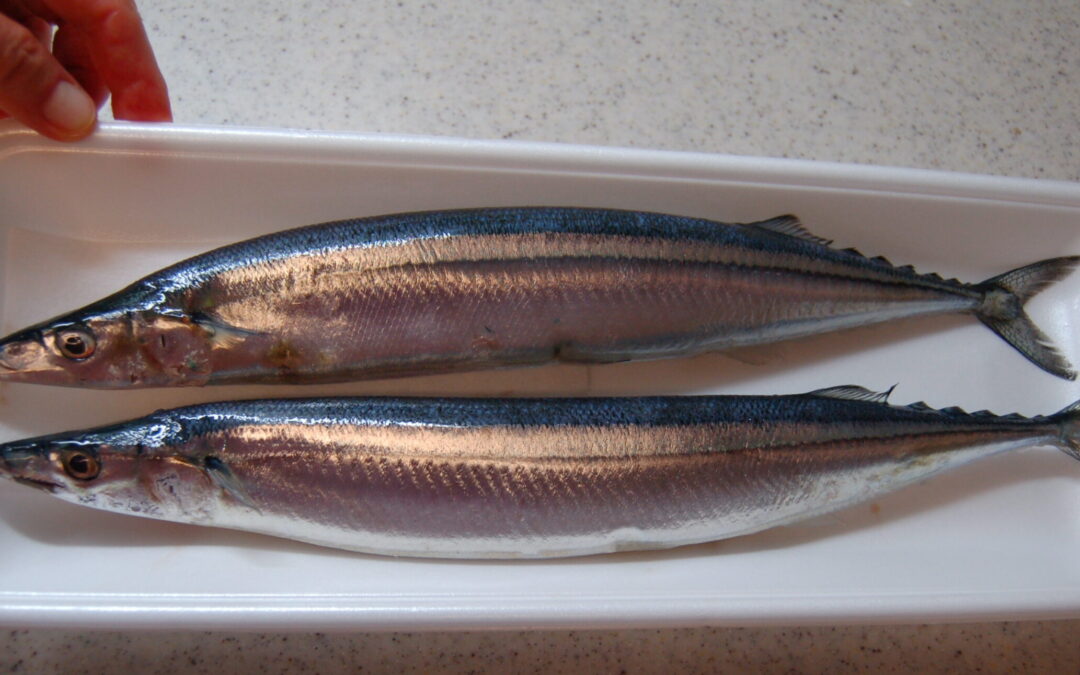
by Elizabeth Andoh | Sep 5, 2024 | Autumn, Kitchen Culture
The Japanese speak of aki no mikaku (autumnal eating pleasures). Of the many foods placed in that category, a slender, sleek, and steely-colored fish called sanma (Pacific saury; Cololabis saira 秋刀魚) has always been considered shomin no aji, or “food for the...
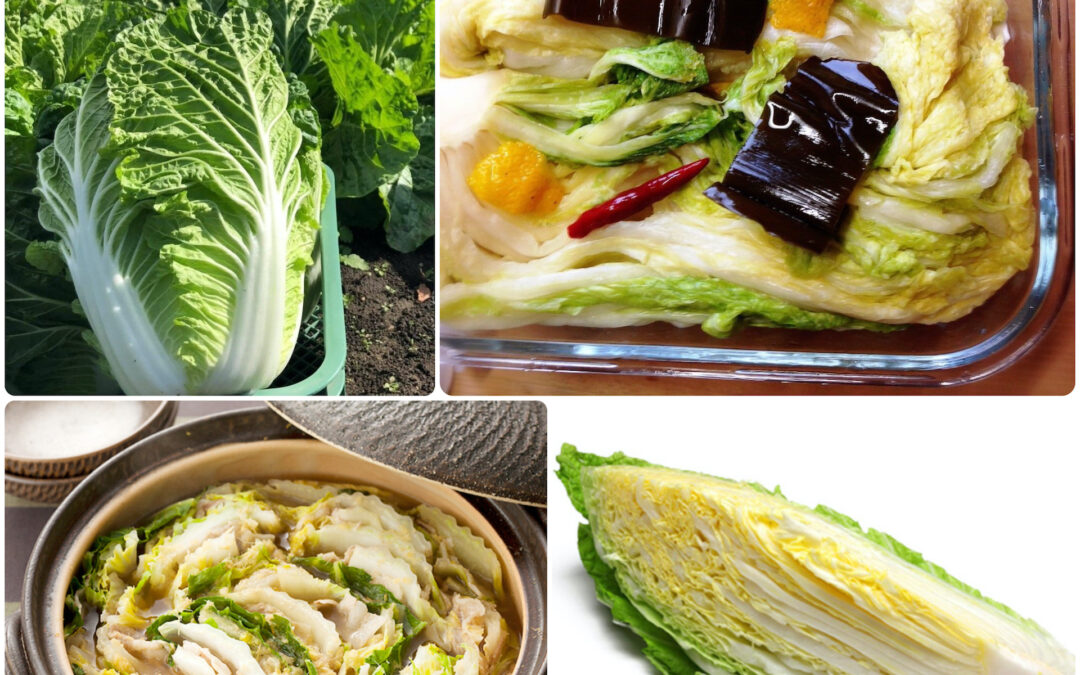
by Elizabeth Andoh | Jan 29, 2023 | Autumn, Kitchen Culture, Winter
HAKUSAI・白菜 Because hakusai is such a favorite wintertime vegetable in Japan, I assumed it had a long, deep history in Japan’s cookery. Not really. It seems that the original Brassica oleracea ancestor of hakusai is native to the Mediterranean region of Europe....
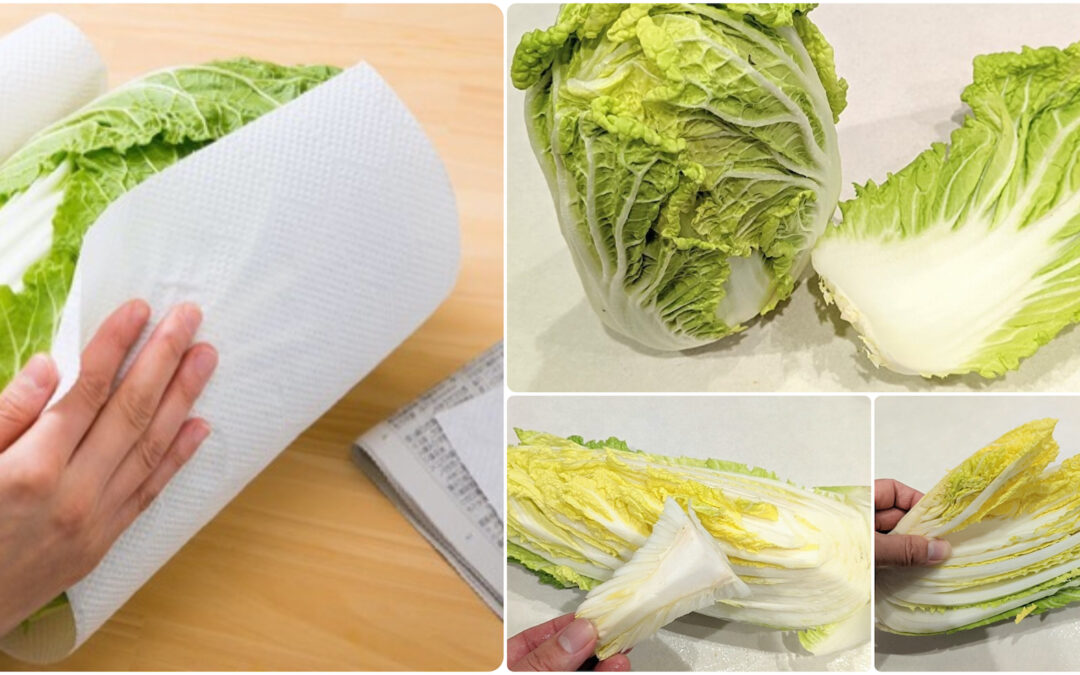
by Elizabeth Andoh | Jan 29, 2023 | Autumn, Kitchen PROJECTS, Winter
Using HAKUSAI fully A favorite wintertime vegetable in Japan, hakusai cabbages are increasingly available in Asian groceries throughout the world. A whole head averages 2 kilo (about 4 and 1/2 pounds). I encourage you to buy one (or at least a half or quarter-head...

by Elizabeth Andoh | Oct 10, 2022 | Autumn, Kitchen Culture
Four varieties of wild-caught salmon are commonly available in markets around the Pacific rim. Left, top to bottom + right: Sockeye (beni-zaké in Japanese) Coho (gin-zaké in Japanese) Chum (aki-zaké in Japanese) Chinook (kingu samon, in Japanese) 鮭・さけ・SAKÉ SALMON Fish...
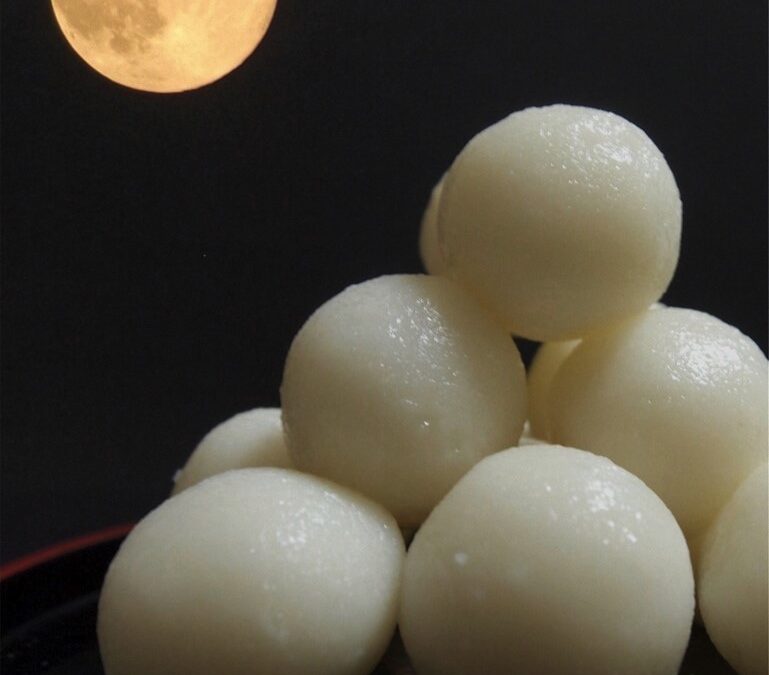
by Elizabeth Andoh | Sep 2, 2022 | Autumn, Kitchen Culture
月見団子 TSUKIMI DANGO The moon can be seen shining from any place on our planet and people everywhere see beauty in a full, luminous moon. But ritual contemplation of the “moon of the middle autumnal month” (chūshū no meigetsu) has its origins in China. The practice...
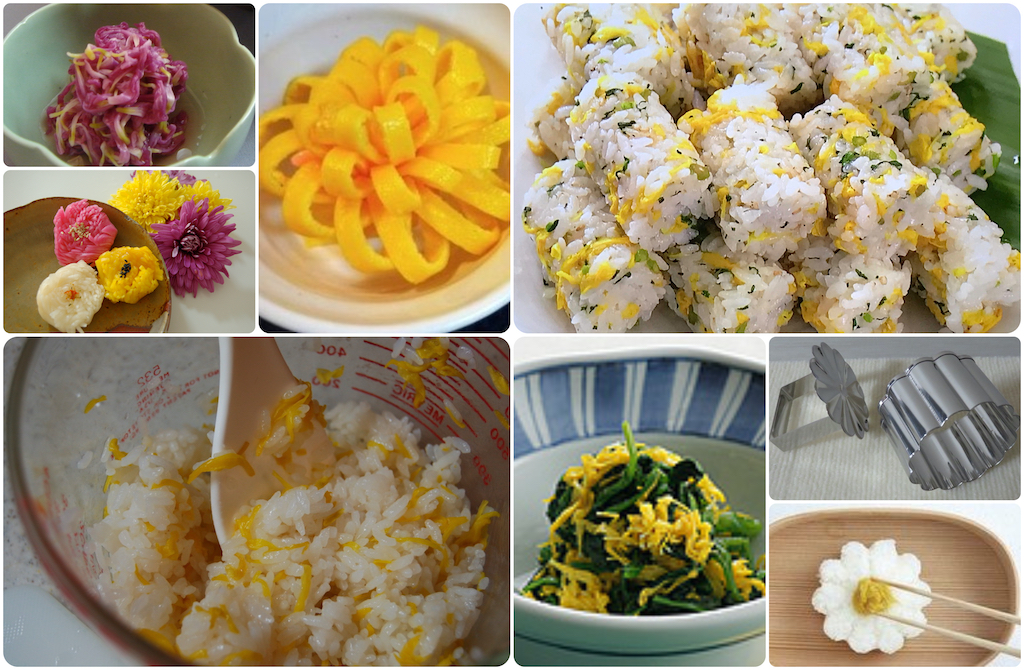
by Elizabeth Andoh | Nov 19, 2021 | Autumn, Kitchen PROJECTS, Tabletop
Chrysanthemums ・ 菊 KikuTo eat … To use as a motif This Kitchen PROJECT is about CHRYSANTHEMUMS, to eat and to use as a motif in designing your autumnal menu. I have created a reference sheet regarding EDIBLE VARIETIES of chrysanthemums. If you can source...
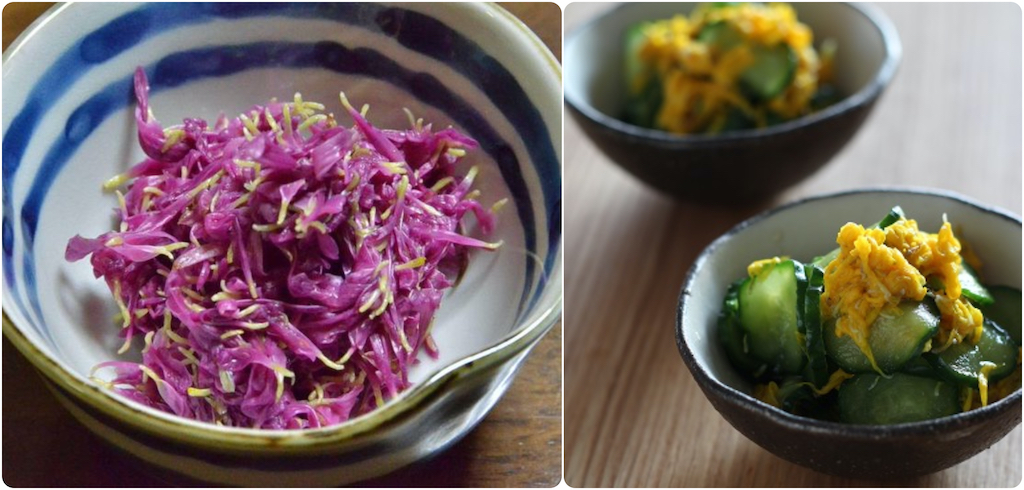
by Elizabeth Andoh | Nov 19, 2021 | Autumn, Kitchen Culture
食用菊 Shokuyō Kiku Edible chrysanthemums are one Japan’s autumnal culinary delights. Commercially cultivated in various parts of Japan today (including Okinawa!) they were traditionally enjoyed in the Tohoku (Akita, Yamagata) and Hokuriku (Niigata) regions. Though...
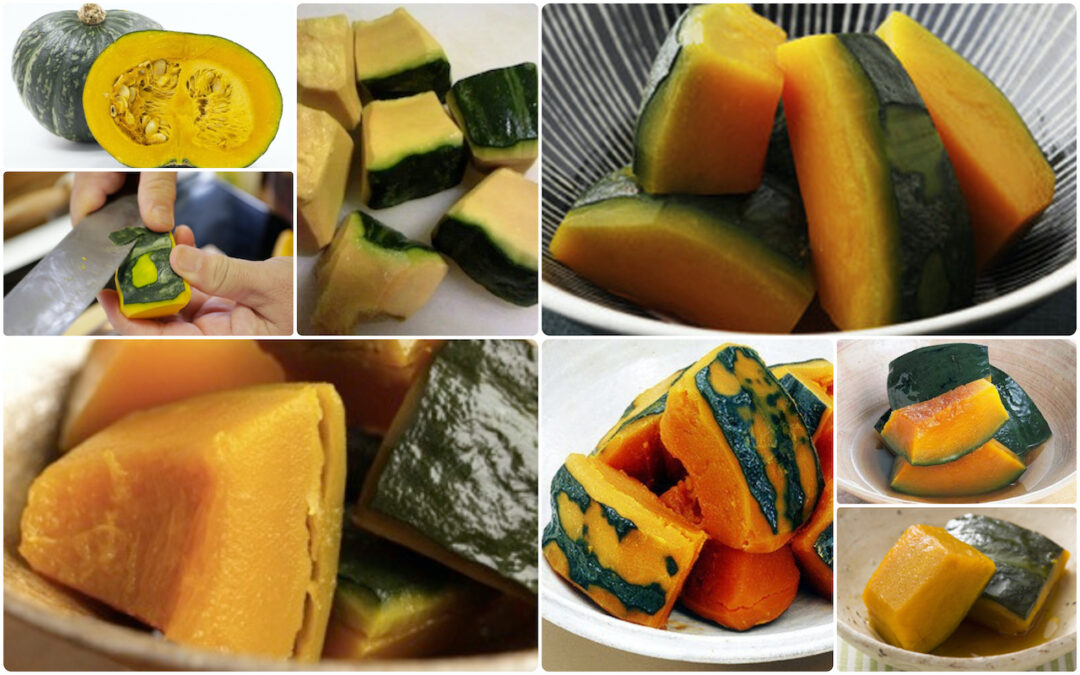
by Elizabeth Andoh | Oct 19, 2021 | Autumn, Kitchen Culture
かぼちゃ・南瓜KABOCHA Written with calligraphy for “southern gourd,” but pronounced kabocha, the name tells the curious history of this gourd in Japan. Kabocha arrived in Oita (on the southern island of Kyushu) in 1541 on a Portuguese ship. The previous port of call along...
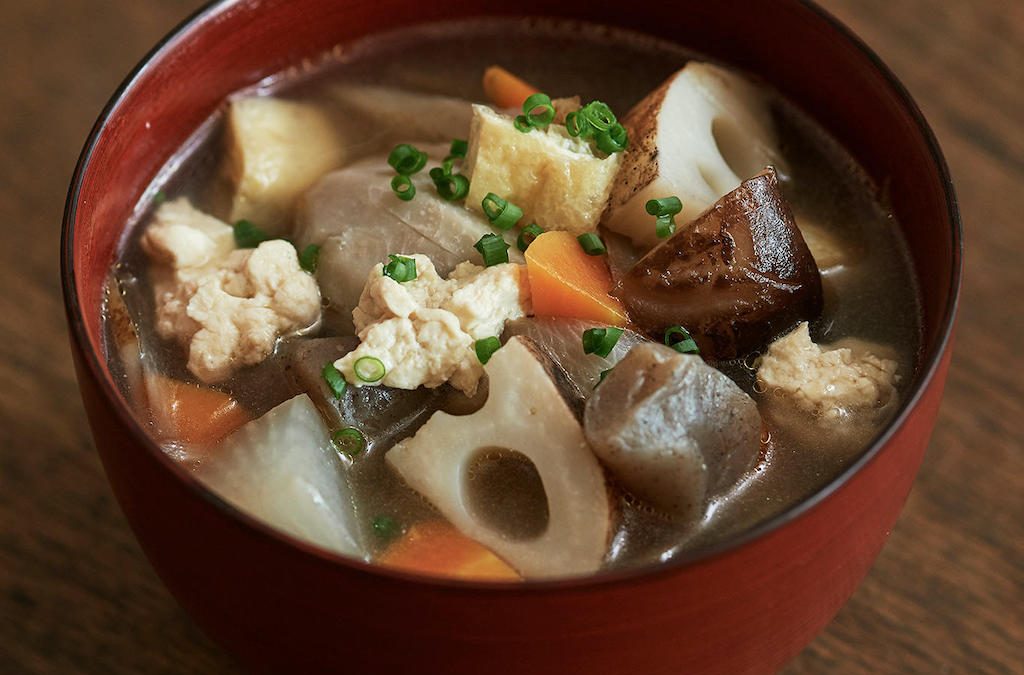
by Elizabeth Andoh | Oct 8, 2021 | Autumn, Kitchen Culture
けんちん汁KENCHIN-JIRU Chunky Vegetable & Tōfu Chowder When autumn evenings turn chilly, its time for a hearty, nourishing chowder. The inspiration for this one, kenchin-jiru, is thought to be resourceful monks at Kenchō-ji Temple (建長寺) in Kamakura. Utilizing vegetable...

by Elizabeth Andoh | Sep 24, 2021 | Autumn, Kitchen Culture
SUDACHI (left) & KABOSU (right) The Japanese have consumed a variety of citrus for millennia, enjoying both the juice and peels of the fruit. Many who reside outside Japan have become familiar with yuzu, a member of the Rutaceae (citrus) family primarily prized for...

by Elizabeth Andoh | Sep 24, 2021 | Autumn, Kitchen PROJECTS, Winter
Japanese Citrus: SUDACHI & KABOSU The Japanese have consumed a variety of citrus for millennia, enjoying both the juice and peels of the fruit. Many who reside outside Japan have become familiar with yuzu, a member of the Rutaceae (citrus) family primarily prized for...
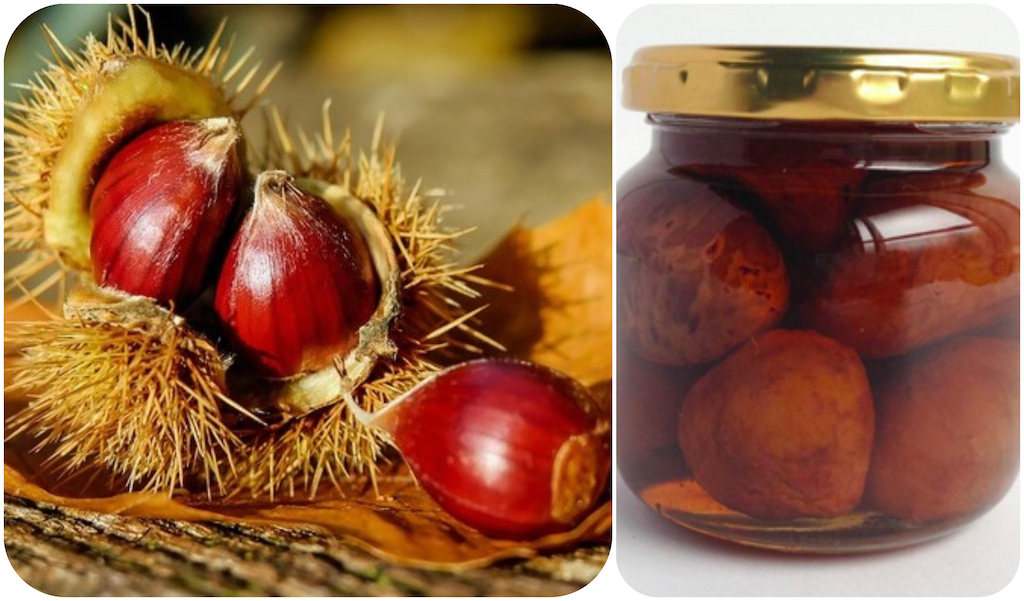
by Elizabeth Andoh | Nov 13, 2020 | Autumn, Kitchen Culture
Sugar-Stewed Chestnuts栗の渋皮煮 Shibu Kawa Ni Shibu Kawa Ni is what the Japanese call sugar-stewed whole chestnuts that are only partially peeled – their slightly bitter, inner skin being kept intact. The resulting glossy brown globes are delightfully complex in flavor...
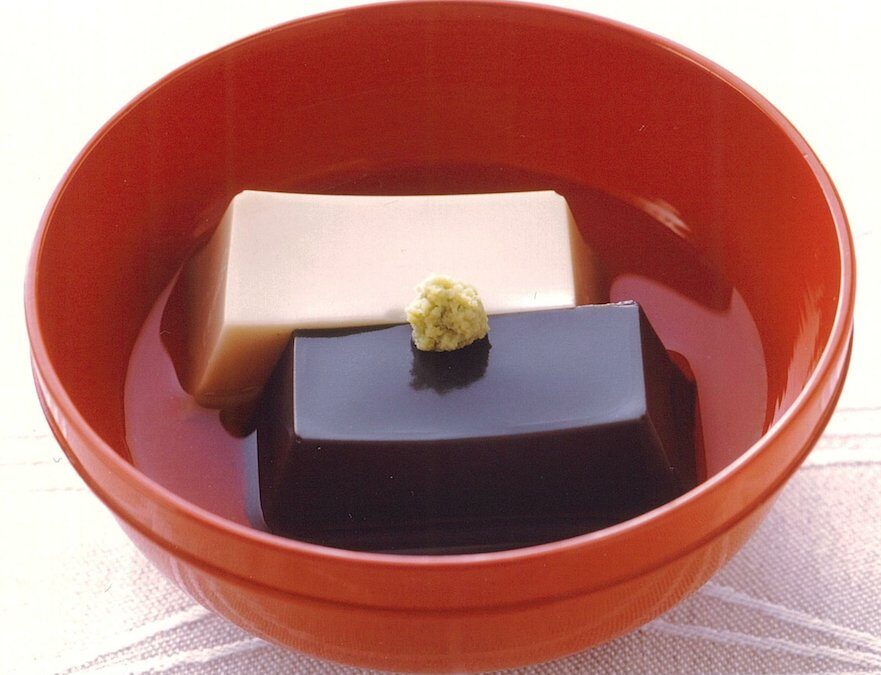
by Elizabeth Andoh | Nov 1, 2020 | Autumn, Kitchen Culture, Year-Round
Buddhist Cookery & Sesame Pudding 精進料理 Shōjin Ryōri・胡麻豆腐 Goma-Dōfu Goma-dōfu, a creamy-smooth sesame pudding, is historically associated with fucha ryōri, a Chinese-style of Buddhist cookery that arrived in Japan with Zen Priest Ingen in 1654. The pudding is a...
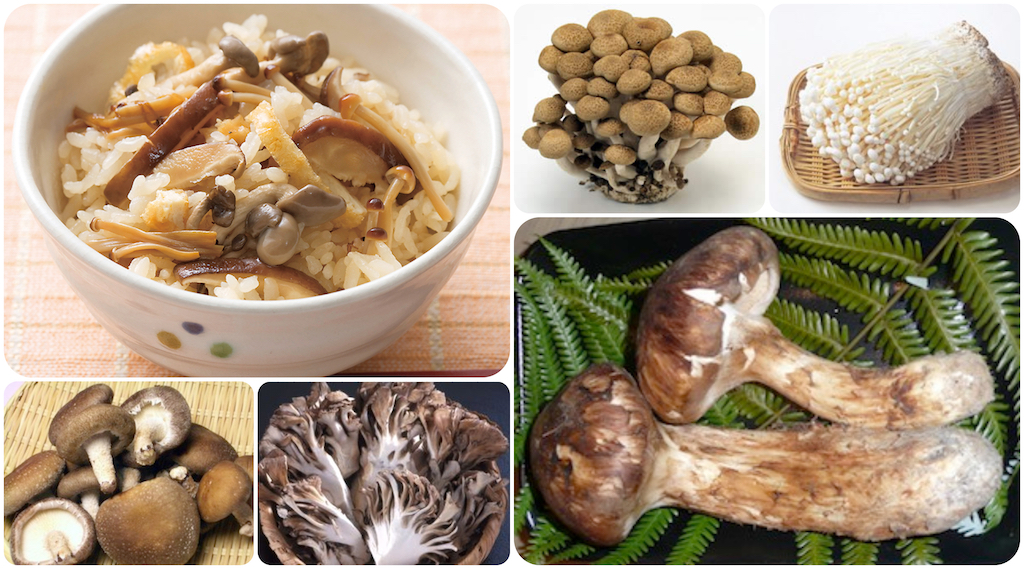
by Elizabeth Andoh | Oct 19, 2020 | Autumn, Kitchen Culture, Winter
Kinoko Gohan Rice with Mushrooms The Japanese call autumn’s many culinary pleasures Aki no Mikaku. Such pleasures include a glorious array of mushrooms. You, too, can celebrate the season at table by composing a menu that highlights this bounty. Kinoko Gohan Is an...
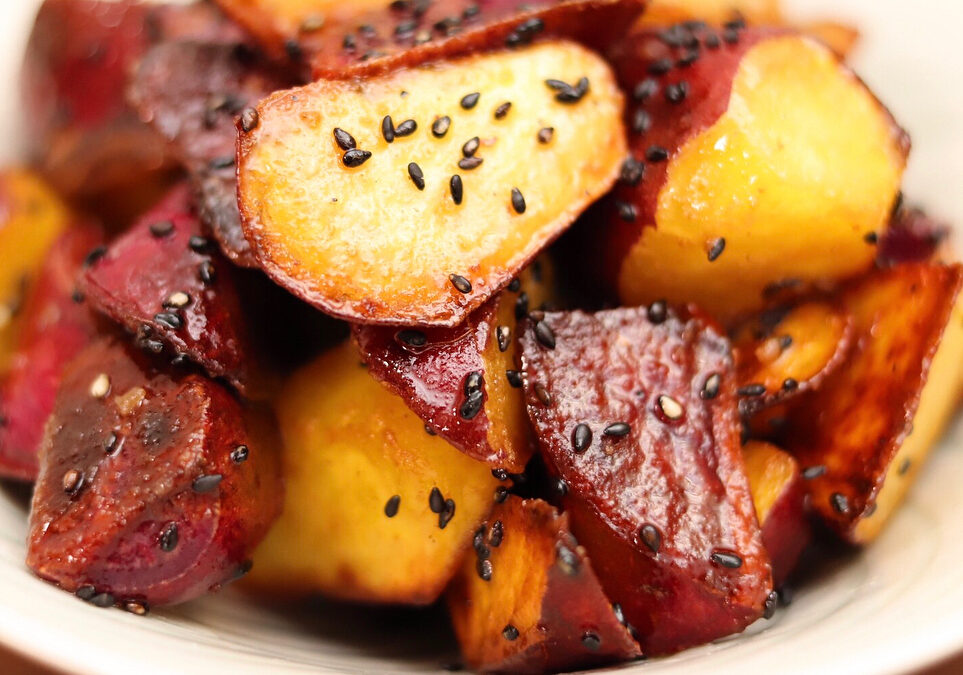
by Elizabeth Andoh | Oct 6, 2020 | Autumn, Kitchen Culture, Year-Round
Daigaku Imo (Glazed Sweet Potatoes) 大学芋 Syrup-glazed, black sesame-studded Daigaku (university) imo (potato) first became popular among university students in Japan at the turn of the twentieth century. To learn more about the history of this dish, read my October...
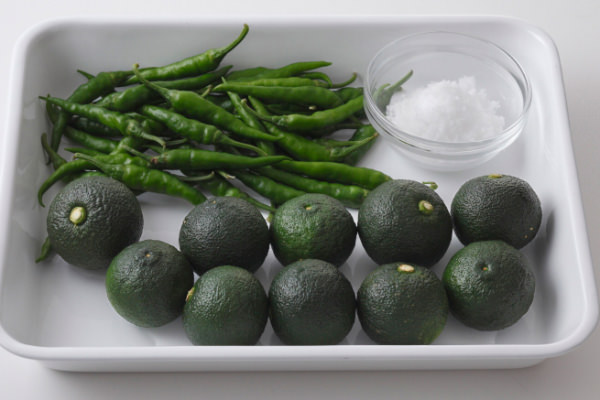
by Elizabeth Andoh | Sep 25, 2020 | Autumn, Kitchen Culture, Tools & Techniques
Yuzu Koshō 柚子胡椒 Mid-September…the heat of summer lingers on, but there is the promise of cooler autumn days ahead. That is when I typically see baskets of green yuzu in my Tokyo neighborhood markets and bags of green chili peppers, too. Within a month the yuzu...
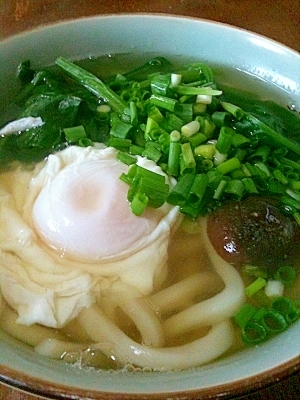
by Elizabeth Andoh | Sep 15, 2020 | Autumn, Kitchen Culture
Tsukimi Udon Moon-Viewing Noodles 月見うどん As summer turns to fall, the moon wanes in a particularly luminous fashion. Indeed, the Harvest moon is celebrated in stories and songs around the world. In Japan, tsukimi, or “moon-viewing” also has a place at table. This...
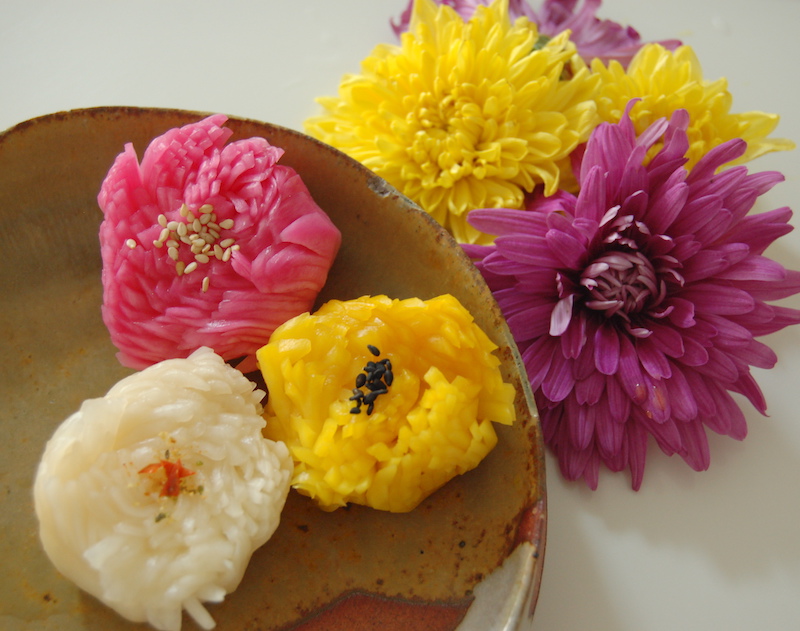
by Elizabeth Andoh | Nov 2, 2019 | Autumn, Kitchen Culture, Tools & Techniques
3-Colored Turnip Flowers 三色花蕪Sanshoku Hana Kabu Emblematic of Japan and its culture, chrysanthemums appear in many guises: as the exalted Imperial household crest (a special, layered 16-petal design), the “official” stamp of the Japanese government (passport cover),...





















